These 5 Foods Will Help You Lose Weight This Winter!
Incorporate - or eliminate - these wintry foods to keep fit even when you want to hibernate.
If you’re like most of us, you could use a boost right about now. After all, it’s hard to maintain motivation when summer (and all that tempting outdoor time) is still far, far away. The good news: you can use the winter season – and its seasonal flavours – to your advantage.
Here are five cold-weather foods to incorporate into your diet – along with five you should probably avoid – to ensure you stay on track (or get back on track) with your get-healthy goals.
RELATED: Winter Weather Exercise Tips
Eat These: Apple Oatmeal

Oats are high in zinc (which boosts immunity) and loaded with soluble fibre, which promotes a healthy heart and keeps you fuller for longer, says nutritionist Lisa Hayim. You’ll reap these benefits from instant oats, but on chilly mornings when you have extra time (like the weekend), try prepping rolled or steel-cut oats on the stovetop and toss in chopped apples for extra flavour and nutrition.
Why apples? The fruit contains polyphenols, Vitamin C, and fibre – a combo that improves insulin sensitivity, balances blood sugar and supports fat loss, says Cate Ritter, Certified Functional Diagnostic Nutrition Practitioner.
RELATED: 6 Moves That Prime Your Body for a Winter Run
Bone Broth
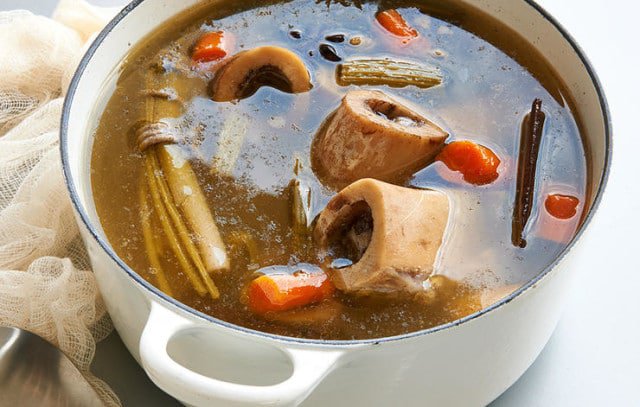
Bone broth (essentially, sippable stock that’s made with a greater number of animal parts than traditional stock) is an excellent source of gelatin, which can improve digestive health thanks to its ability to restore and protect the mucous lining of the digestive tract. Bone broth also promotes high satiation and boosts immunity, says Ritter, who recommends drinking it hot by the cup, adding it to soups or using it to braise veggies.
RELATED: 6 Basic Ways to Adjust Your Eating Habits for Weight-Loss
Sauerkraut or Kimchi
These tart-tasting cultured cabbage dishes (kimchi is sauerkraut’s spicier, Korean counterpart) pack high levels of Vitamin C and probiotics, which together support digestion and a healthy immune system. If your tongue can take it, Ritter recommends enjoying the raw or unpasteurised kraut by the spoonful before meals. If that’s a bit much, serve it alongside sausage and caramelised peppers and onions.
Winter Squash
Pumpkin, spaghetti, butternut, acorn and other winter squash are rich in Vitamin A, C and B6 as well as fiber and manganese. Ritter recommends these good-for-you veggies as a low-carb alternative to potatoes and pasta. Pair them with a healthy fat – like coconut oil or grass-fed butter – to stabilise blood sugar, as some studies have shown, and promote high satiation.
Lentils and Split Peas
These pint-sized pulses pack the essential carbohydrates runners need, along with fibre and plant-based protein, explains registered dietitian Cara Harbstreet. Both fibre and protein can help stave off hunger and cravings. Another benefit: lentils have a mild flavour and are extremely versatile. “They can be combined into your favourite recipes to add volume and nutrition, or used as a substitute in dishes that call or rice, pasta, or other grains,” recommends Harbstreet.
Avoid These: Canned Soups
Check the labels carefully. They’re not always so good for you, warns Ritter. These typically high-sodium convenience meals can also pack high levels of fat when made with cream bases. Beyond unwanted calories, canned soup also brings unhealthy preservatives, and the can itself can leach BPA (Bisphenol A) into your food. Ritter’s solution: “Increase your nutrients by making your own soup from scratch.”
Ham
This sodium-filled meat, which is frequently the star of cold-weather entertaining (e.g. honey-glazed ham or ham and potato soup), can promote fluid retention, bloating and constipation when consumed regularly, says Ritter. Swap it for freshly cooked meats, like grilled chicken.
Old-Fashioned Casseroles
Your favourite one-pan dinners can seem innocent enough, especially if they contain veggies (hello, green bean casserole), but if you’re watching your waistline, be wary. Many of these these are carb-heavy, cream-laden recipes that can steer you off track with high amounts of calories, fat and sodium. Ritter recommends swapping a typical pasta base for more nutrient-dense, lower-carb alternatives like spaghetti squash, butternut squash, sweet potatoes, or zucchini noodles.
Juices
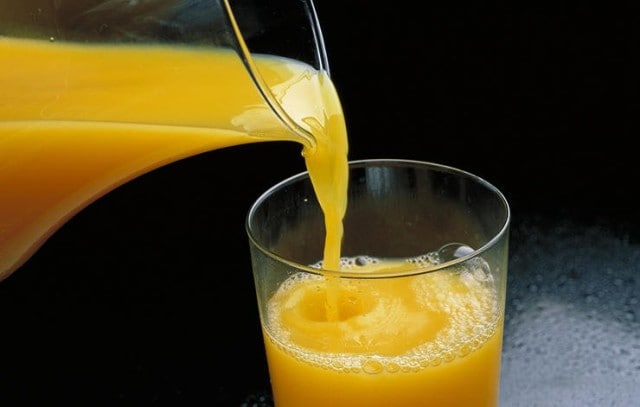
A tall glass of tropical juice may seem like the perfect cold weather pick-me-up but “whether it’s from concentrate, fresh squeezed, or from the hot new juice joint down the street, the fact remains: juice is a concentrated form of simple carbohydrates,” warns Harbstreet. While it does contain the important vitamins and minerals from the fruits or veggies, it also removes the fibre. Instead, hydrate with water and opt for whole fruit. Citrus fruits – think: clementines, grapefruit and blood oranges – are in season in winter and pack high levels of Vitamin C, B6 and potassium, says nutritionist Emily Kean. “Choosing the fruit over juice means you are also getting fibre.”
RELATED: Six Berries to Boost your Running Body
Multi-grain Bread
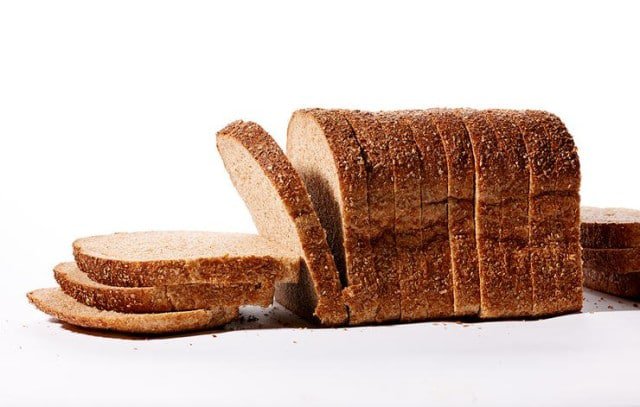
“The word ‘multi-grain’ is one of the most deceiving terms out there,” explains Karen Ansel, author of Healing Superfoods for Anti-Aging: Stay Younger, Live Longer. “It’s easy to think multi-grain is synonymous with whole grain but all it means is that the bread contains different grains.” The grains may be whole – or they can be highly processed, like white rice or white flour. When that’s the case, Ansel warns that you’re not getting the appetite-controlling fibre you’d get in a whole grain bread, like whole wheat bread. What’s more, “many multigrain breads are simply white bread with a smattering of whole grains thrown in for effect,” says Ansel. When selecting your loaf, pick one that lists whole grains – like whole wheat – as the very first ingredient on the label.
READ MORE ON: lose-weight weight loss winter



